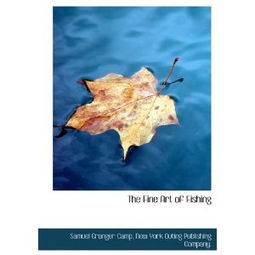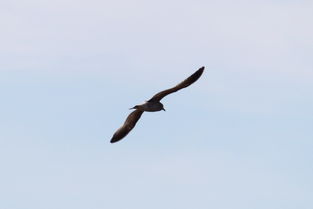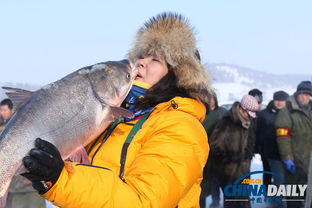How to Properly Rig Your Line for Lure Fishing: A Comprehensive Guide
Lure fishing is an exhilarating and dynamic way to enjoy the sport of angling. It requires not only a keen understanding of fish behavior but also a mastery of the technical aspects, such as rigging your line correctly. The right rig can make the difference between a successful day on the water and a frustrating one. In this article, we will delve into the essential steps and techniques for how to properly rig your line for lure fishing.
Understanding the Basics
Before we dive into the specifics of rigging, it's important to understand the basic components of a lure fishing setup. Typically, this includes the following:
- Reel: Choose a quality spinning or baitcasting reel that matches the type of fishing you'll be doing.
- Rod: A rod that is designed for lure fishing should be lightweight and flexible, with a fast action tip for better sensitivity.
- Line: The type of line you use can vary depending on the fish you're targeting and the conditions you're fishing in. Monofilament, fluorocarbon, and braided lines are the most common options.
- Leader: A leader is a shorter section of line that connects the main line to the lure. It is usually made of a different material than the main line to provide a different density or strength.
Choosing the Right Line
The choice of line for lure fishing is crucial and depends on several factors:
- Monofilament: This is the most common type of line and is known for its flexibility and stretch. It's great for beginners and works well in a variety of conditions.
- Fluorocarbon: This line is less visible in water, which can be a significant advantage when fishing in clear water or targeting shy fish. It's also more abrasion-resistant than monofilament.
- Braid: Braided line is incredibly strong and thin, which allows for longer casts and less line twist. However, it lacks stretch and can be noisy when retrieved.
Attaching the Leader
Once you've chosen your main line, you'll need to attach a leader. Here's how to do it:
- Choose the Right Length: The length of your leader should be between 1.5 to 3 feet, depending on the fish species and the conditions.
- Use a Knot: The most common knots for attaching a leader to a main line are the Palomar Knot and the Clinch Knot. These knots are known for their strength and ease of use.
- Double the Leader: If you're using a fluorocarbon leader, it's often recommended to double it over to increase its strength and durability.
Choosing the Right Lure
The type of lure you use will depend on the fish you're targeting and the conditions. Here are some popular types of lures and how to rig them:
- Spinnerbaits: Thread the spinnerbait onto your line using a spinnerbait rigging tool. Make sure the hooks are properly positioned and the blade is free to rotate.
- Jigs: Attach a jig head to your line using a Palomar Knot or a Improved Clinch Knot. You can then add a soft plastic or a rubber worm to the hook.
- Cranks: Simply thread the lure onto your line and ensure the hooks are properly aligned. If you're using a soft plastic lure, you may want to add a split ring to help keep the lure from twisting.
Adjusting Your Rig
Once your line and lure are attached, it's important to make sure everything is set up correctly:
- Check the Weight: Make sure the lure is properly weighted and will dive to the desired depth.
- Inspect the Hooks: Ensure the hooks are sharp and properly positioned.
- Adjust the Leader: If you notice any kinks or twists in the leader, adjust it until it runs smoothly.
Conclusion
Rigging your line correctly is a fundamental skill that can greatly enhance your lure fishing experience. By understanding the basics of line types, knots, and lure rigging, you'll be better equipped to target a wide variety of fish and enjoy a successful day on the water. Remember, practice makes perfect, so don't be afraid to experiment with different setups to find what works best for you and the fish you're targeting. Happy fishing!












